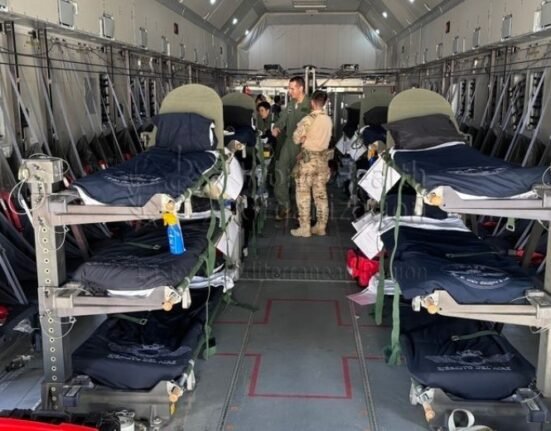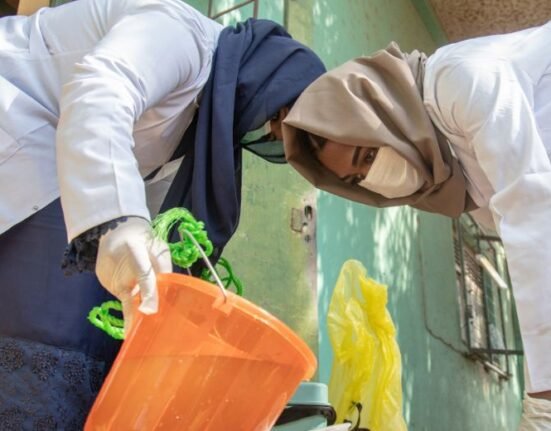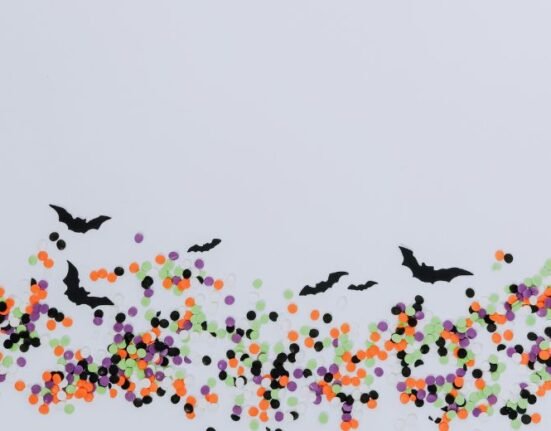HQ Team
February 9, 2023: A recent spillover to mammals of H5N1 avian influenza needed to be “monitored closely” as the WHO readies vaccines and antivirals and urged governments to increase surveillance.
There have been several reports of mammals, including minks, otters, foxes and sea lions, having been infected with influenza over the last week, according to a WHO statement.
“H5N1 has spread widely in wild birds and poultry for 25 years, but the recent spillover to mammals needs to be monitored closely.”
As of now, WHO assesses the risk to humans as low.
Since H5N1 first emerged in 1996, we have only seen rare and non-sustained transmission of H5N1 to and between humans.
“But we cannot assume that will remain the case, and we must prepare for any change in the status quo.”
Don’t touch dead animals
People are advised not to touch or collect dead or sick wild animals but to report them to the local authorities.
WHO is working with national authorities and partners to monitor the situation closely and to study cases of H5N1 infection in humans when they occur.
The health agency’s laboratory network, the Global Influenza Surveillance and Response System, identifies and monitors circulating influenza virus strains and advises countries on their risk to human health and available treatment or control measures.
The WHO urged countries to strengthen surveillance where humans and farmed or wild animals interact.
According to the statement, the WHO is also continuing to engage with manufacturers to ensure that supplies of vaccines and antivirals would be available for global use.
Transmission not easy
Animal influenza viruses are distinct from human seasonal ones and do not easily transmit between humans.
However, zoonotic influenza viruses — animal influenza viruses that may occasionally infect humans through direct or indirect contact — can cause disease in humans ranging from mild illness to death.
Birds are the natural hosts for avian influenza viruses. After an A(H5N1) outbreak in 1997 in poultry in Hong Kong SAR, China, since 2003, this avian and other influenza viruses have spread from Asia to Europe and Africa.
In 2013, human infections with the influenza A(H7N9) virus were reported in China.
Human infection
Most swine influenza viruses do not cause human disease, but some countries have reported cases of human infection from certain swine influenza viruses.
Proximity to infected pigs or visiting locations where pigs are exhibited has been reported for most human cases, but some limited human-to-human transmission has occurred.
Other animals, such as horses (equine influenza) and dogs (canine flu), can be infected with their influenza viruses.
A Global Influenza Surveillance and Response System were founded in 1952 to protect people against seasonal and pandemic influenza.
20,000 influenza virus samples
In the years leading up to GISRS’s founding, an influenza pandemic in 1918 led to as many as 50 million deaths. The human influenza virus had been isolated in 1933, and the first vaccines had been licensed only a few years earlier, in 1945, in the United States.
As of January 2022, GISRS has 148 National Influenza Centres, seven WHO Collaborating Centres, four Essential Regulatory Laboratories, and 13 H5 Reference Laboratories.
The system shares around 20,000 influenza virus samples yearly with the WHO Collaborating Centre.
It updates the weekly influenza situation based on laboratory and disease surveillance in the WHO FluNet and FluID systems directly or through regional platforms. It distributes timely risk assessments and alerts to countries.
During the COVID-19 pandemic, GISAID, a long-term partner of GISRS, published the first SARS-CoV-2 sequence data hours after it became available.








